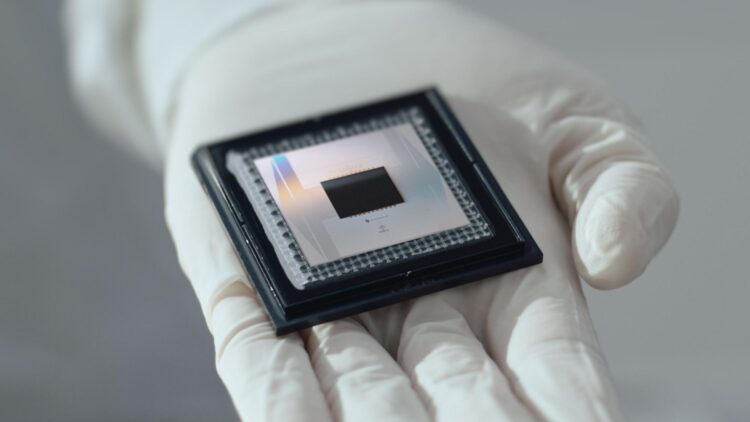It is like thinking of a chip that can do in five minutes what even the best supercomputers would take 10 septillion years to accomplish – that is longer than the universe’s age. Willow is Google’s new quantum chip, and it will undoubtedly revolutionize how we compute: it will allow breakthroughs that were considered the domain of fantasy until now.
This chip has an exponential error correction and is incredibly fast, and it doesn’t merely break barriers; it erases them. That is why Willow is one of the key pieces in technological advancement in the history of humanity.
Exponential error correction: the long-awaited breakthrough in quantum computing
Quantum computing has suffered from errors – fluctuations that interfere with computations. In traditional systems, with an increase in the number of qubits (quantum bits), the rate of errors increases, but not with Willow. Using a revolutionary error correction model when expanding the grid of qubits reduces errors in half each time. This milestone, called “below threshold,” shows that the actual development of practical quantum systems is possible.
Error correction is not only about numbers. It is about making quantum technology realistic in the real world. The fact that Willow can now scale and produce fewer errors is getting us closer to being able to use these machines in practical ways. For example, it can last longer in computations than before, providing a foundation for dependable, massive systems. This capability has been the holy grail of scientists since the 1990s, and now, with Willow, it is possible.
What does this mean for us? From the need to model complex molecules to changing the face of artificial intelligence, error-free quantum computing could solve many of humanity’s problems. Willow is an excellent example of science eradicating barriers that were considered unassailable.
A speed that rewrites the rules: from five minutes to 10 septillion years
Google’s Willow chip shatters all records for computational speed. Within under five minutes, it performed a mission that would take so-called classical supercomputers 10 septillion years to complete – a time frame beyond human comprehension. This performance also shows how quantum computing can solve calculations that are not possible with traditional technology.
The answer is hidden in quantum mechanics. Whereas a classical bit can either be 0 or 1, a qubit can be just about any number in the same system simultaneously–exponentially expanding the number of potential computations. Willow takes advantage of this and realizes double-exponential improvement in performance metrics. It has already passed previous quantum records, and scientists have described its prospects as mind-boggling.
This speed is achieved for demonstration purposes and greatly helps actual use cases. Everything from advancing the development of drugs to creating better batteries will likely become possible with Willow’s power, which may condense what typically takes years into hours. The chip has the potential to set a new standard, which has not been seen before in the science and engineering fields.
Beyond the frontier: why Willow is humanity’s key to the future
Quantum computing is not just about performing calculations faster–it’s a technology to advance the scientific and social frontiers. Willow, made in a modern production line, reflects a trend towards building systems designed to scale and make a difference in the world. The capability to solve quantum tasks underlines the potential for medical, energy, and artificial intelligence breakthroughs.
For example, with the help of Willow, medical imaging can be transformed by decoding MRI scans at the atomic level, which is impossible at the moment. In the energy production sector, it could prove valuable in fine-tuning nuclear fusion or developing new energy storage systems to push the advancement of humanity into more sustainable systems. These developments are only the first steps.
However, as Willow advances transition, it also comes with some issues. Its capability to penetrate sophisticated encryption is a security risk that requires urgent consideration. Google and other market players are working on post-quantum encryption to protect information. This focuses both on innovation and responsibility and positions Willow as something remarkable in the conceptual tyranny of technology and for responsible progress.
Google’s Willow quantum chip is an engineering triumph and a glimpse of things to come. It means that with never-before-seen error correction and processing power, humanity is closer to solving problems that were once thought unsolvable.
While Willow aims to use quantum computing for pathbreaking applications, a simple analysis rationale shows that quantum computing is not just an evolving science; it is determining the future of mankind. The journey to a smarter, more capable world has begun, and Willow is leading the charge.

